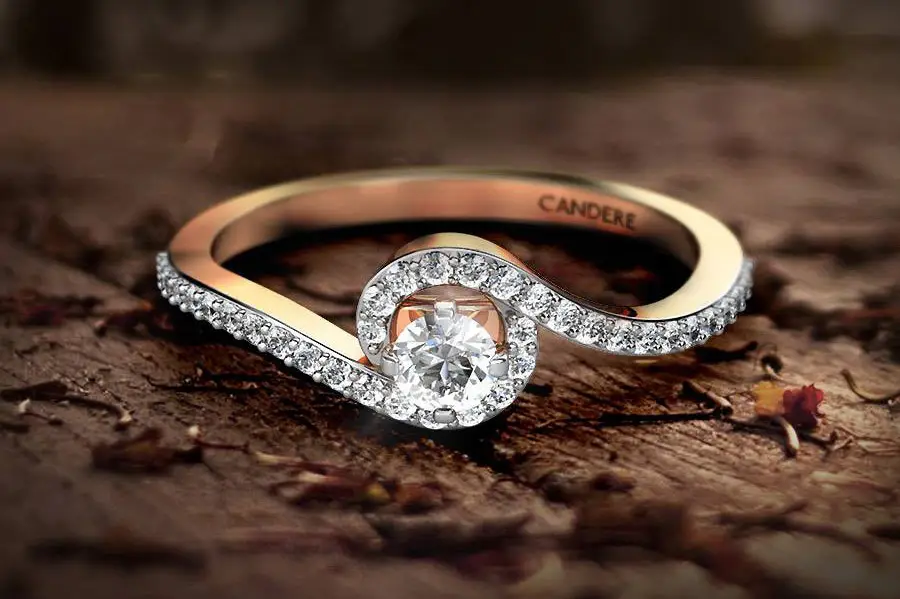Understanding the Appeal of Lab Grown Diamonds
In recent years, lab grown diamonds and cultures have emerged as a compelling alternative to mined diamonds, offering consumers a sustainable and ethical choice without compromising on quality. These diamonds, also known as synthetic or cultured diamonds, are created in controlled laboratory environments that simulate the natural process of diamond formation. This manufacturing process results in diamonds that are chemically, physically, and optically identical to their mined counterparts.
The Science Behind Lab Grown Diamonds
Lab grown diamonds are cultivated using advanced technological processes that mimic the extreme heat and pressure conditions under which natural diamonds form within the Earth’s mantle. By utilizing high-pressure, high-temperature (HPHT) and chemical vapor deposition (CVD) methods, scientists can create diamonds with remarkable precision and purity. These diamonds exhibit the same brilliance, hardness (measured by the Mohs scale), and fire as natural diamonds, making them indistinguishable to the naked eye.
Sustainability and Ethical Considerations
One of the primary advantages of lab grown diamonds is their minimal environmental impact compared to traditional mining practices. The mining of natural diamonds often involves significant land disruption, water usage, and energy consumption. In contrast, lab grown diamonds are produced with a significantly lower carbon footprint, making them a more sustainable choice for environmentally conscious consumers.
Moreover, lab grown diamonds are inherently conflict-free. Unlike mined diamonds, which may originate from regions associated with unethical labor practices or funding conflicts, lab grown diamonds are produced under controlled conditions that adhere to strict labor and environmental standards. This ensures that each diamond is ethically sourced and traceable from its creation to its sale.
Cultural Perspectives on Lab Grown Diamonds
Shifting Consumer Preferences
The cultural perception of diamonds, once solely tied to their rarity and natural origin, is evolving. As awareness grows regarding the environmental and ethical impacts of mining, more consumers are gravitating towards lab grown diamonds. These diamonds symbolize a shift towards sustainability and responsible consumerism, reflecting broader cultural values of transparency and ethical sourcing.
Artistry and Innovation in Jewelry Design
Advancements in lab grown diamonds have expanded the creative possibilities for jewelry designers. Jewelers now have access to a reliable supply of diamonds that are not only of high quality but also available in larger sizes and unique colors. This flexibility allows designers to create bespoke pieces that cater to individual tastes and preferences, fostering a culture of innovation within the jewelry industry.
Economic Implications and Market Trends
The growing acceptance of lab grown diamonds has led to significant changes in the diamond market. As consumer demand for sustainable and ethically sourced products rises, traditional diamond retailers and manufacturers are adapting their business models to incorporate lab grown diamonds into their offerings. This shift not only diversifies the market but also positions lab grown diamonds as a viable alternative to mined diamonds in the luxury sector.
Conclusion
In conclusion, lab made diamonds represent a convergence of scientific innovation, ethical responsibility, and cultural evolution within the diamond industry. By offering a sustainable and conflict-free alternative to mined diamonds, these diamonds appeal to a new generation of consumers who prioritize transparency and environmental stewardship. As the market continues to embrace lab grown diamonds, their cultural significance and acceptance are expected to grow, shaping the future landscape of the jewelry industry.

